There’s been a lot of skepticism about Jensen Huang’s claim that the new Nvidia GeForce RTX 5070 is as fast as the RTX 4090, but Nvidia just gave me the chance to try the two cards side-by-side to see for myself, and the result is astonishing. In Marvel Rivals, the RTX 5070 doesn’t just match the RTX 4090, it actually beats it. Is there a catch? Why, of course there is.
The secret behind the Nvidia RTX 5070 squaring up to the current best graphics card isn’t that the former has more GPU horsepower, but rather that its new Tensor cores support Nvidia DLSS 4. Specifically, the use of multi frame generation means the RTX 5070 can generate not just alternate frames with AI, but up to three extra frames between a pair of rendered frames. We can argue until the cows come home about whether this is cheating or not, but I genuinely struggled to tell the difference between the two test systems I tried at CES in terms of image quality and smoothness.
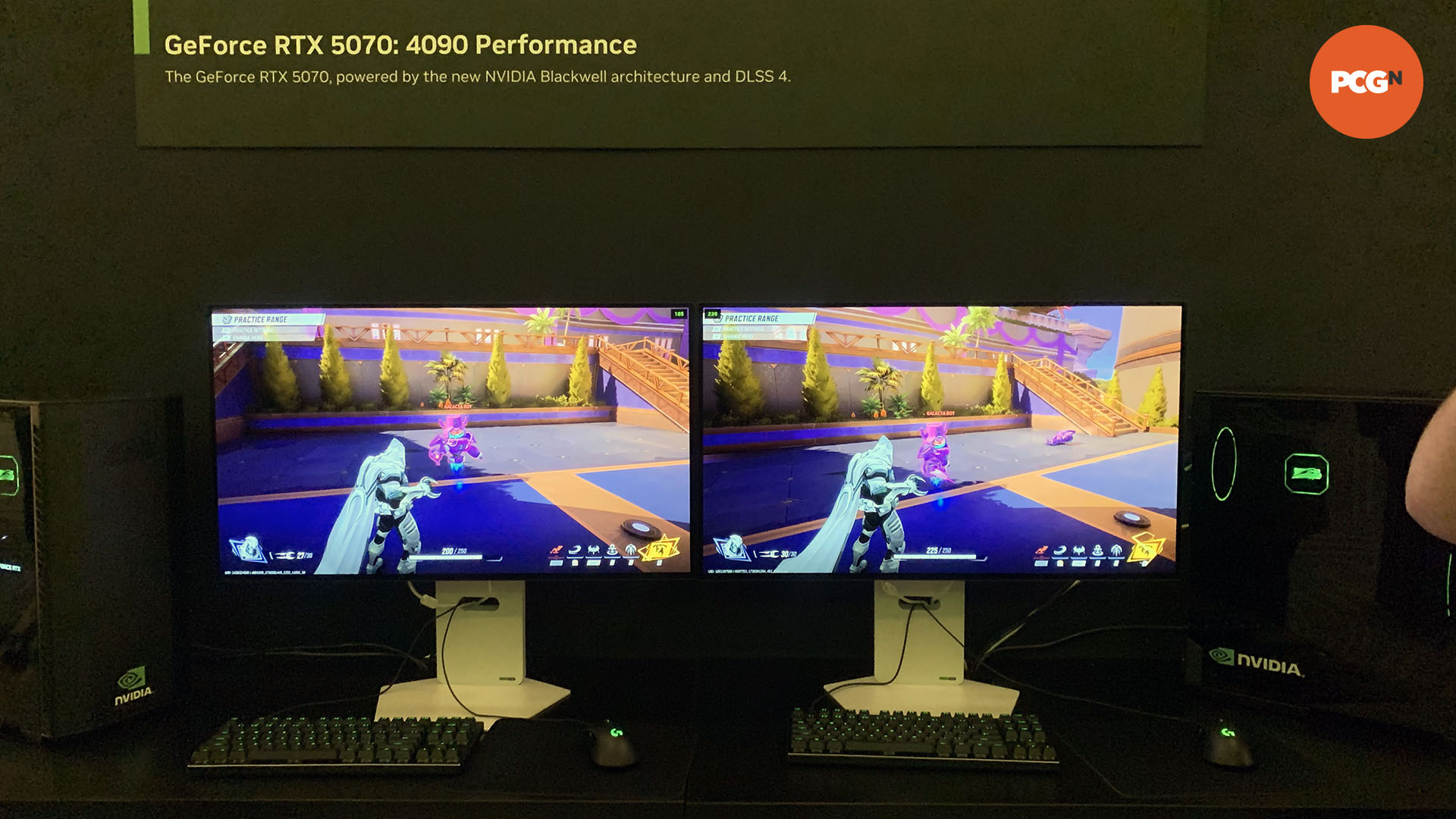
The two test rigs were set up so that both of them were running the game maxed out at 4K with the highest level of DLSS supported by each GPU. This means the only difference between the two systems in terms of setup is that the RTX 5070 was running the game with multi frame gen.
Consistently, the RTX 4090 system hovered around 180fps, while the RTX 5070 system ran at around 240fps – there was never a time when the RTX 5070 was slower than the 4090. You can see this in the image below, where the RTX 4090 system on the left is running at 186fps, and the RTX 5070 rig on the right is hitting 248fps.
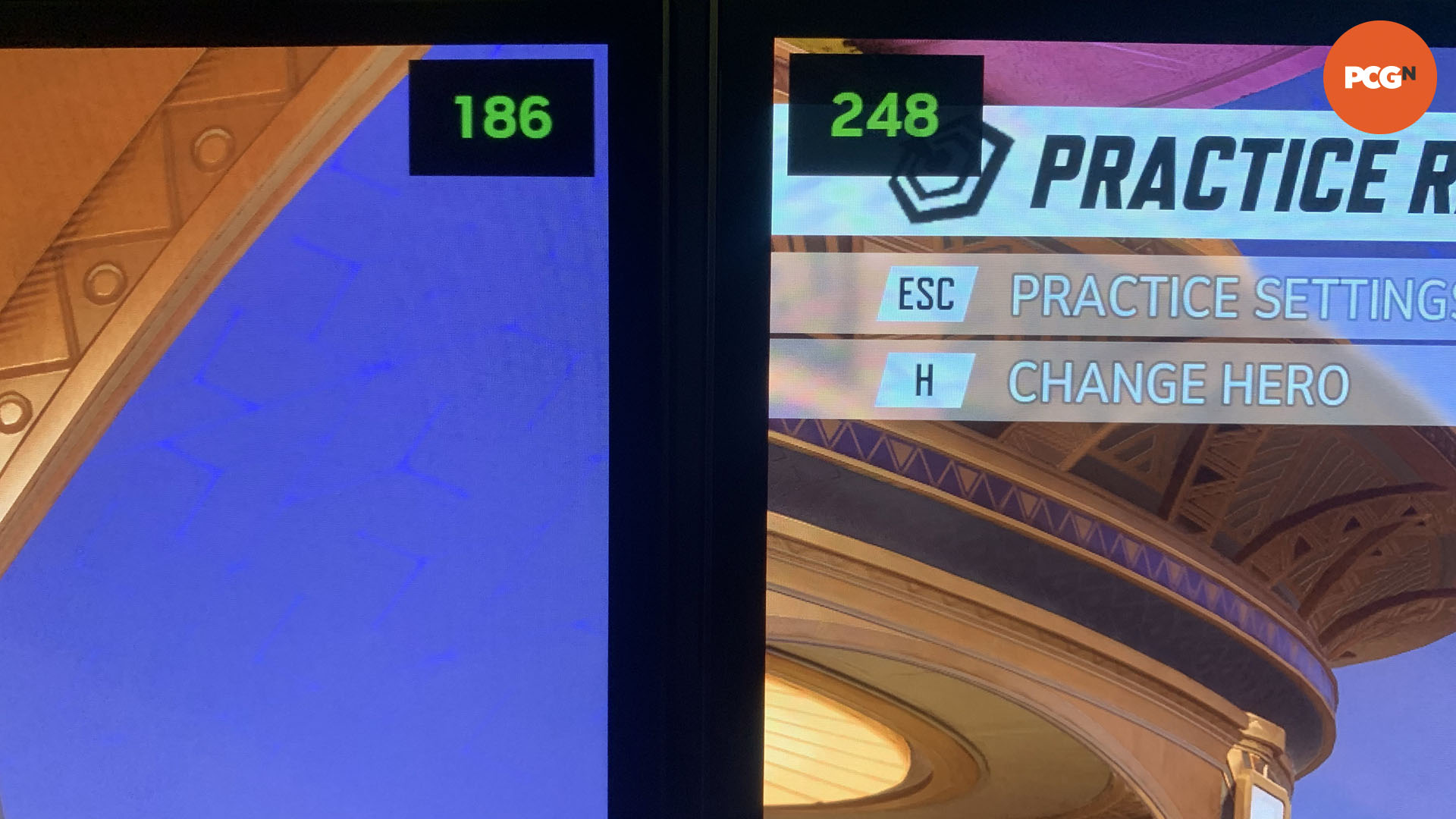
However, Nvidia also stressed that Marvel Rivals is an outlier here, and in most games, the two GPUs are level in terms of performance (as long as they support multi frame gen) – it’s just that Marvel Rivals responds particularly well to frame generation.
In action, I honestly couldn’t tell the difference between the two systems, and I played the game for several minutes on both of them. Whatever magic Nvidia has worked with multi frame gen (and we’ll be able to talk more about that at a later date), it works surprisingly well, at least in this title. The game was smooth and responsive, and I couldn’t see any notable glitches on the RTX 5070 system. This $549 GPU can genuinely offer a 4090-level experience in a game that’s well optimized for it.
And therein lies the catch. If a game doesn’t support multi frame gen, then the RTX 4090 will be significantly faster than the RTX 5070, as the underlying GPU has so much more raw horsepower. It also has twice as much VRAM available, with the RTX 5070’s meager 12GB locking it out of some of the high settings you can enable on the RTX 4090 at 4K, even if you enable frame gen.
It’s an impressive demo, though. With the right setup and the right games, this $549 GPU can genuinely square up to Nvidia’s previous $1,599 flagship. If enough games end up supporting multi frame gen in DLSS 4, and implement it well, the RTX 5070 looks set to take the best graphics card award in the mid-range category.
The RTX 5070 release date is coming up soon, and we’re hoping to spend a lot more time testing it over the coming weeks. You can also read our RTX 5090 guide to see what Nvidia has in store at the top-end of the gaming GPU market.
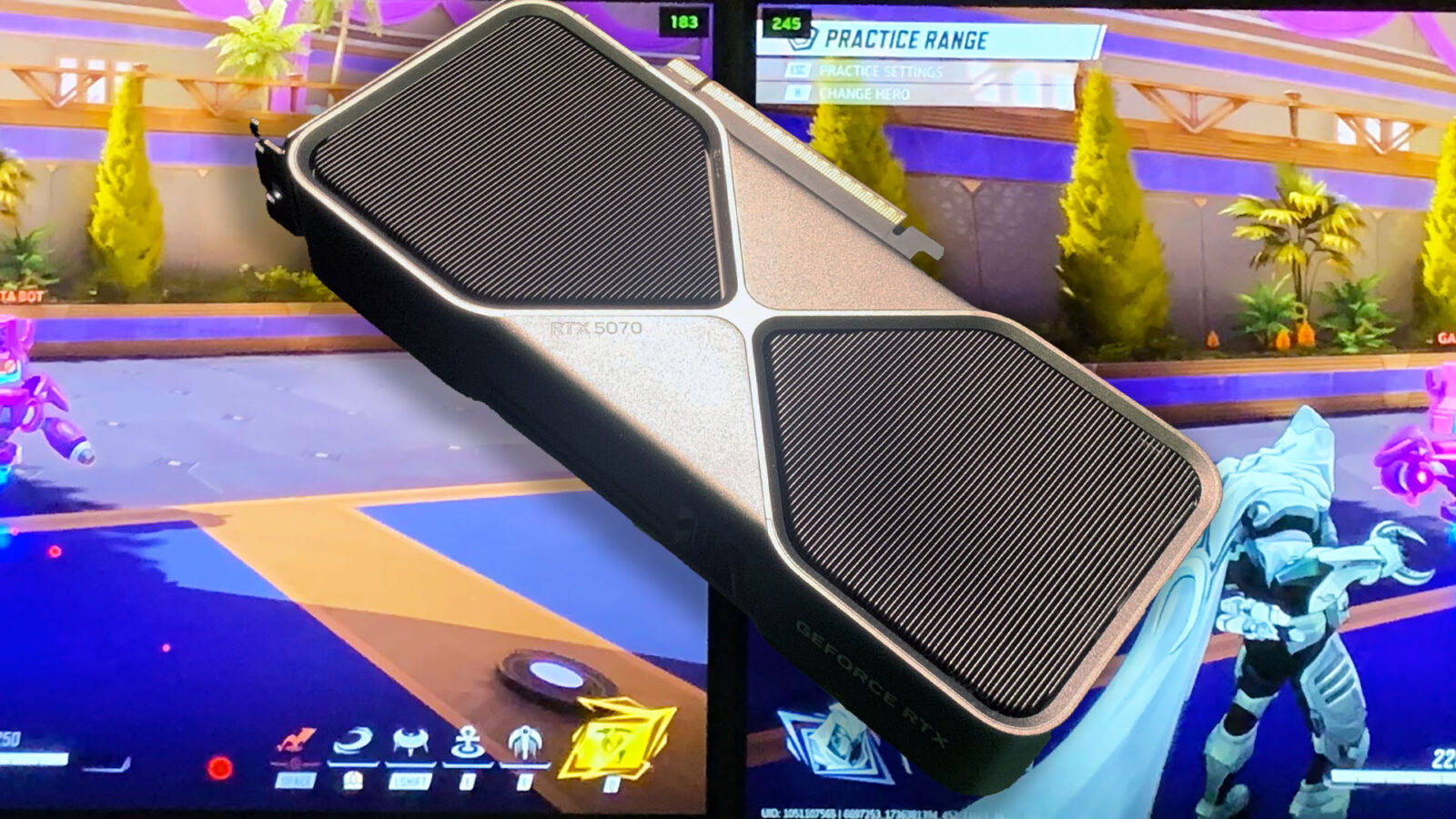




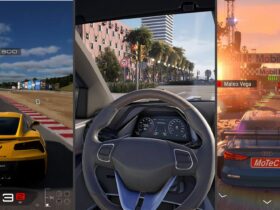
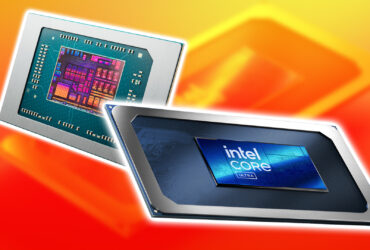
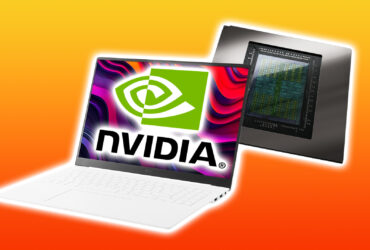



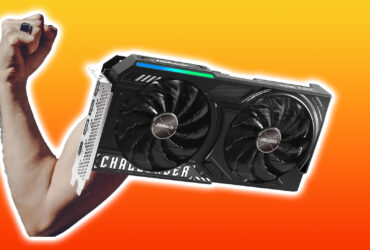
Leave a Reply